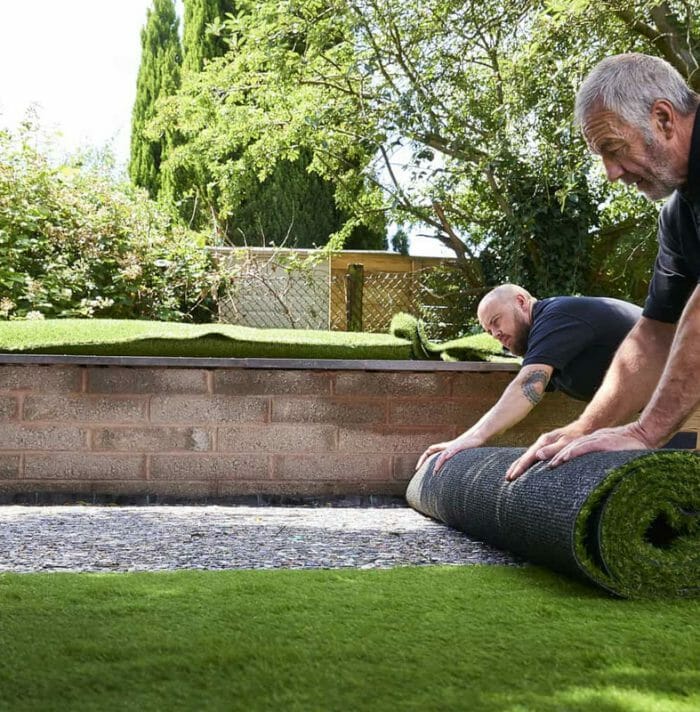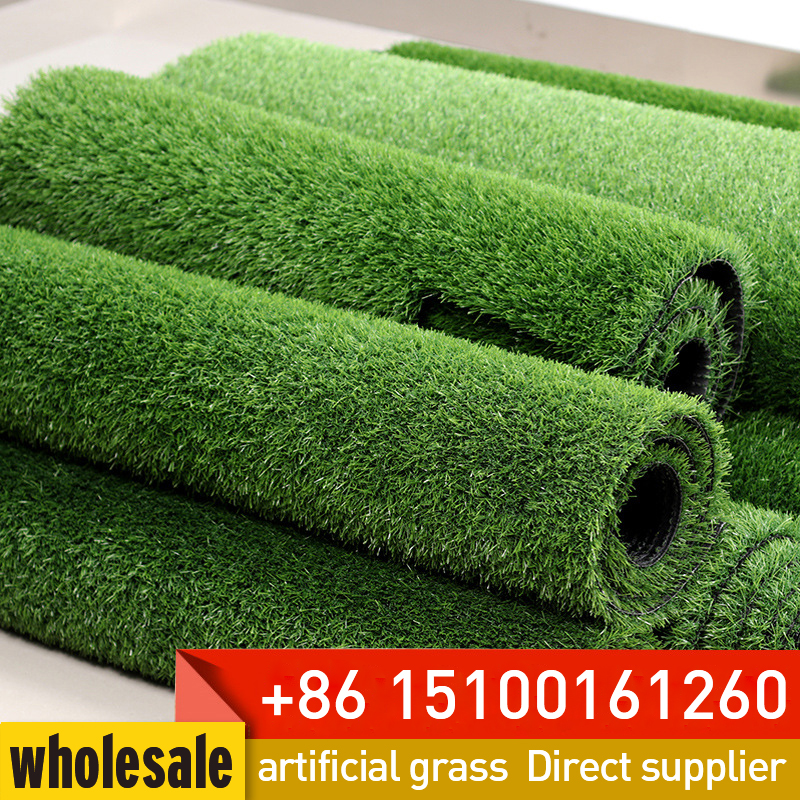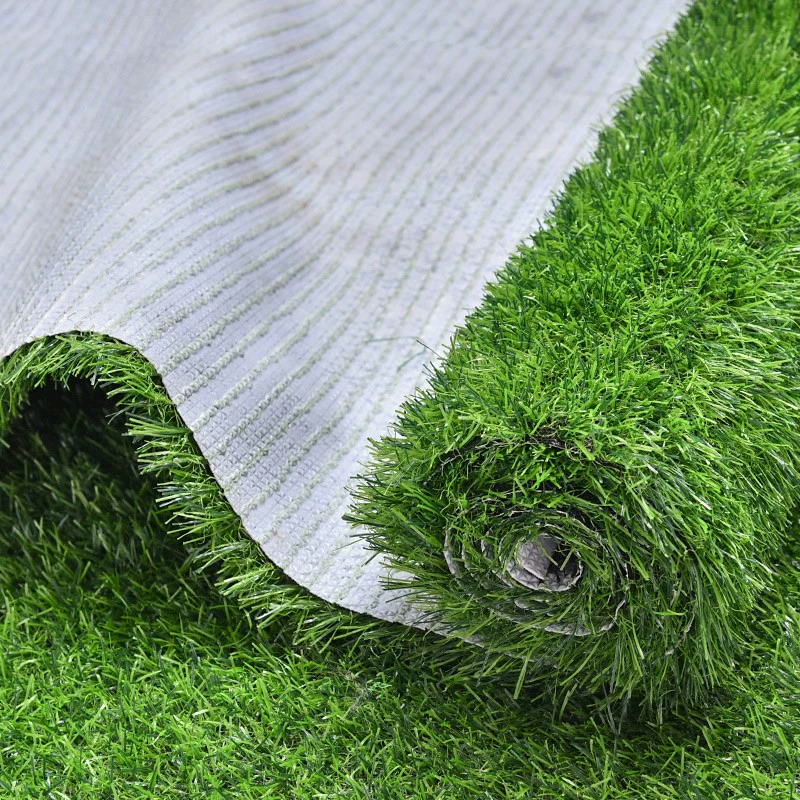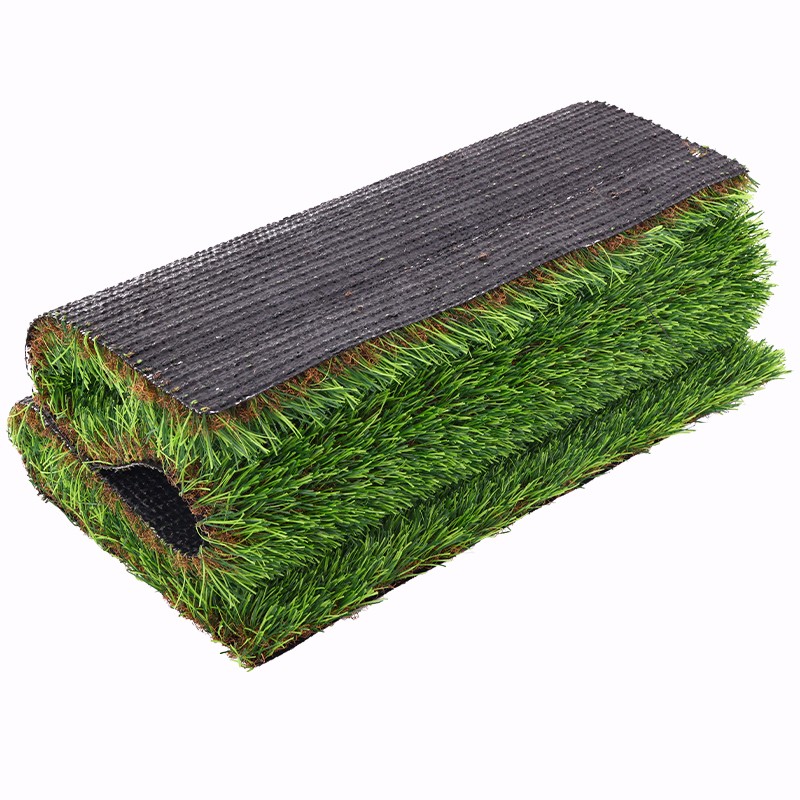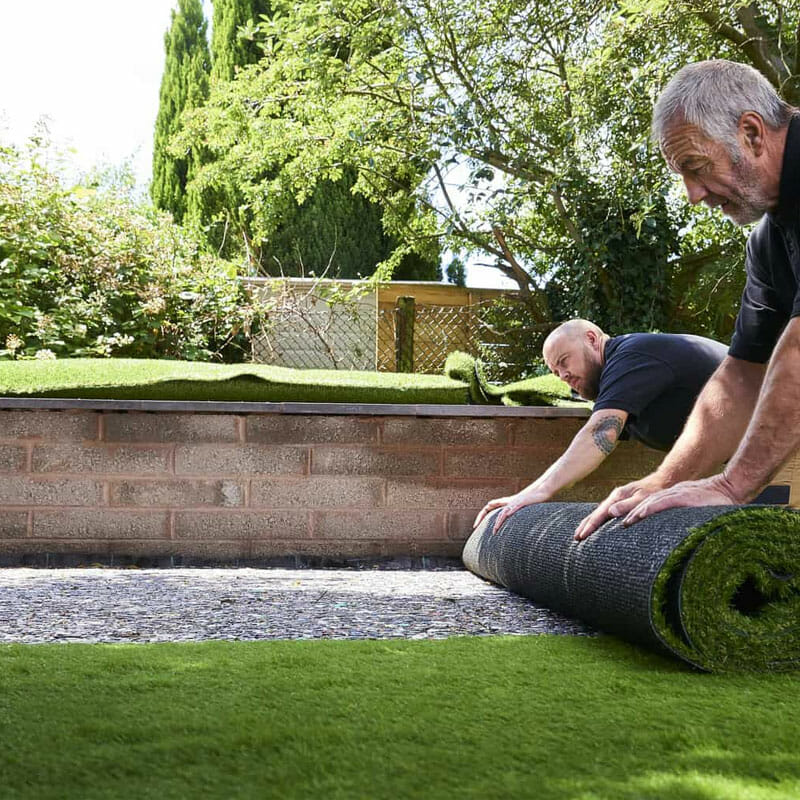
Artificial grass has become a popular alternative to natural grass for many homeowners and businesses. It offers a low-maintenance, durable, and aesthetically pleasing surface for various applications, such as lawns, playgrounds, and sports fields. However, one of the most critical factors to consider when installing artificial grass is drainage. Proper drainage is essential to ensure that the grass remains in good condition and prevents water accumulation, which can lead to safety hazards and damage to the grass. In this article, we will discuss what to put under artificial grass for drainage.
Why is drainage essential for artificial grass?
Artificial grass is made of synthetic materials that do not allow water to penetrate the surface. Unlike natural grass, which can absorb water and allow it to percolate into the soil, artificial grass must be installed with a drainage system to prevent water accumulation. If water is allowed to accumulate, it can cause several issues, including:
1. Safety hazards: Standing water can create slippery surfaces, which can lead to falls and injuries. This is particularly concerning for children and pets who may play on the artificial grass.
2. Damage to the grass: Prolonged exposure to water can damage the artificial grass blades and compromise their integrity. This can lead to an uneven surface, which can affect the performance and safety of the artificial grass.
3. Increased maintenance: If water is allowed to accumulate, it can promote the growth of algae, mold, and mildew. This can lead to increased maintenance requirements, including regular cleaning and disinfecting, which can be time-consuming and costly.
When installing artificial grass, proper drainage is essential to maintain its longevity and appearance. While synthetic turf itself is designed with drainage in mind, incorporating the right base materials beneath it can significantly enhance water drainage and prevent issues like pooling or flooding. Here are some options to consider for ensuring effective drainage under your artificial grass:
1. **Sub-Base Material:** The sub-base is the foundation of your artificial grass installation and plays a crucial role in drainage. One common option is crushed stone or aggregate, which creates a stable and permeable surface for water to flow through.
2. **Permeable Geotextile Fabric:** Placing a permeable geotextile fabric over the sub-base can help separate it from the soil beneath, preventing soil particles from clogging the drainage layer. This fabric allows water to pass through while keeping the layers above intact.
3. **Permeable Fill Materials:** To enhance drainage further, consider using materials like angular gravel or a specific drainage aggregate as the sub-base fill. These materials create voids that allow water to move freely and prevent compaction.
4. **Drainage Pipes or Channels:** Depending on your landscape’s topography, you may incorporate drainage pipes or channels into the sub-base to direct excess water away from the surface.
5. **Infill Material:** If you’re using an infill material like silica sand or rubber granules, it can contribute to drainage as well. Infill helps create gaps between turf fibers, allowing water to pass through more easily.
6. **Sloping:** Design your landscape with a slight slope to encourage water to naturally flow away from the surface. This can be especially effective for larger areas.
7. **Regular Maintenance:** Even with proper drainage materials in place, it’s important to conduct regular maintenance to ensure the drainage system remains effective. Remove debris, leaves, and other materials that might obstruct water flow.
How to install artificial grass drainage?
Installing artificial grass drainage is a straightforward process that requires some planning and preparation. Here are the basic steps:
1. Excavate the area: Excavate the area where the artificial grass will be installed to a depth of 2-3 inches. This will allow for proper drainage and prevent water accumulation.
2. Install the drainage layer: Install the drainage layer of your choice, such as crushed stone, gravel, or sand. Compact the material to ensure it is stable
3. Install the artificial grass: Install the artificial grass over the drainage layer, ensuring it is level and securely fastened.
4. Install the border: Install a border around the perimeter of the artificial grass to prevent it from shifting or lifting.
5. Test the drainage: Test the drainage system by pouring water onto the artificial grass and checking that it drains quickly and efficiently.
Conclusion
Artificial grass drainage is a critical factor to consider when installing artificial grass. Proper drainage prevents water accumulation, which can lead to safety hazards and damage to the grass. There are several materials that can be used for artificial grass drainage, including crushed stone, gravel, sand, geotextiles, and drainage mats. Installing artificial grass drainage is a straightforward process that requires some planning and preparation. By following the steps outlined above, you can ensure that your artificial grass remains in good condition and provides a safe and durable surface for years to come.


